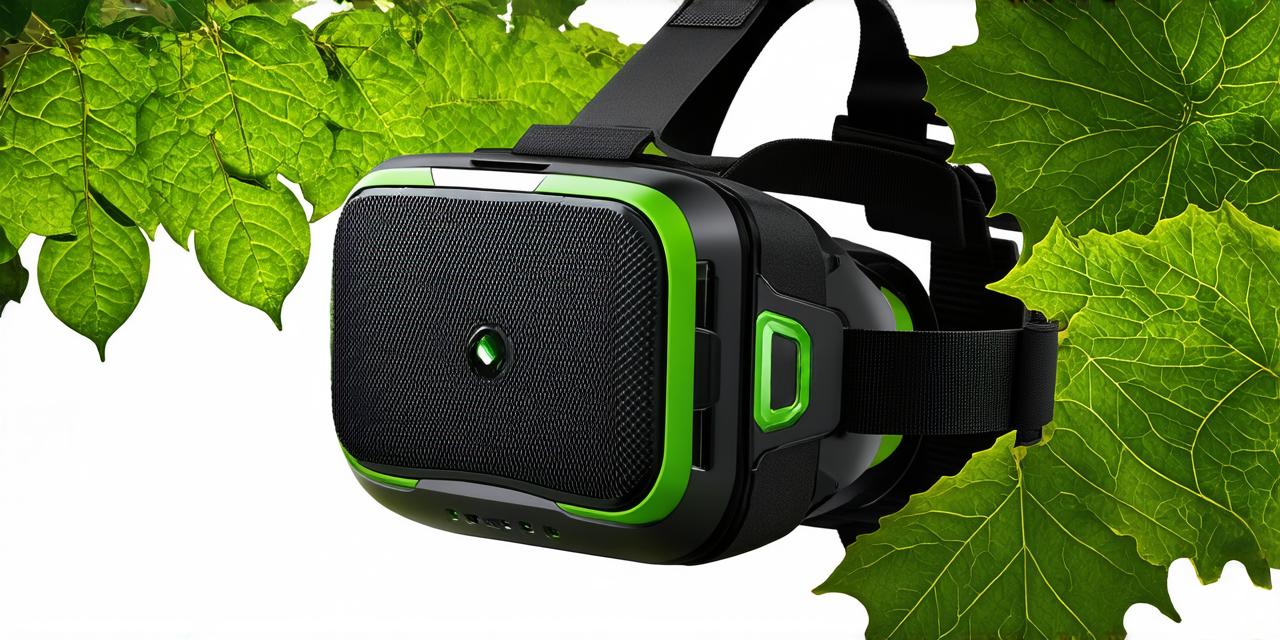
When will virtual reality become accessible?

When will virtual reality become accessible? The answer to this question is not as straightforward as it might seem. Virtual reality technology is constantly evolving and becoming more advanced, but there are still many challenges that need to be addressed before it can become widely accessible. In this article, we’ll explore some of the key factors that are driving progress in virtual reality and discuss the potential timeline for widespread adoption.
One of the biggest obstacles to virtual reality adoption is cost. Virtual reality hardware can be expensive, with high-end devices like the Oculus Quest 2 currently retailing for around $399. This is a significant barrier for many consumers, especially those who are just starting out in the world of virtual reality. However, as technology advances and production costs decrease, we can expect to see prices drop over time. In fact, some analysts predict that the cost of virtual reality hardware could drop by as much as 50% within the next few years.
Another factor that is driving progress in virtual reality is the development of new content and applications. Virtual reality has a wide range of potential uses, from gaming to education to healthcare. As developers continue to create innovative and engaging experiences, we can expect more people to be drawn to the technology. However, it’s important to note that not all virtual reality experiences are created equal. Some are highly immersive and realistic, while others may be more simplistic or less engaging. In order for virtual reality to become widely accessible, we need to see a greater variety of high-quality content that appeals to a broad range of users.
One example of a company working to make virtual reality more accessible is Oculus, which has recently launched its Quest 2 device. The Quest 2 is designed to be affordable and user-friendly, with a wireless design that makes it easy to set up and use. In addition, Oculus has been working to create a range of content and applications that are optimized for the Quest 2, including games, educational experiences, and more. By focusing on accessibility and affordability, Oculus is helping to drive the adoption of virtual reality technology and pave the way for wider use.
Another factor that is driving progress in virtual reality is advancements in hardware and software technology. Virtual reality devices are becoming more powerful and capable, with higher resolution displays and improved tracking systems. In addition, developers are using new tools and techniques to create more immersive and realistic experiences. As these technologies continue to improve, we can expect to see virtual reality become more accessible and widely used.
Despite these advancements, there is still a long way to go before virtual reality becomes mainstream. While some people may be willing to pay a premium for high-end hardware and content, the majority of consumers are likely to wait until prices drop and technology improves before making the switch. It’s also important to note that virtual reality is not without its risks, including motion sickness and eye strain. As developers continue to work on improving the user experience, we can expect to see more people embracing virtual reality as a viable form of entertainment and communication.
In conclusion, while it’s difficult to predict exactly when virtual reality will become accessible to the masses, there are several factors driving progress in the field. As technology continues to improve and costs decrease, we can expect to see more people drawn to the world of virtual reality. By focusing on accessibility and affordability, developers can help pave the way for widespread adoption and make virtual reality a part of our daily lives.


